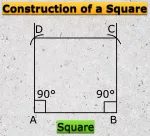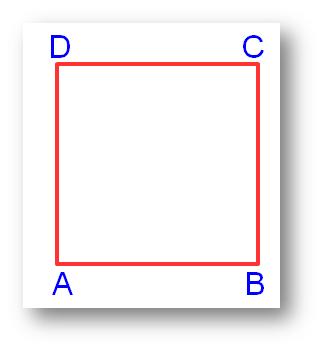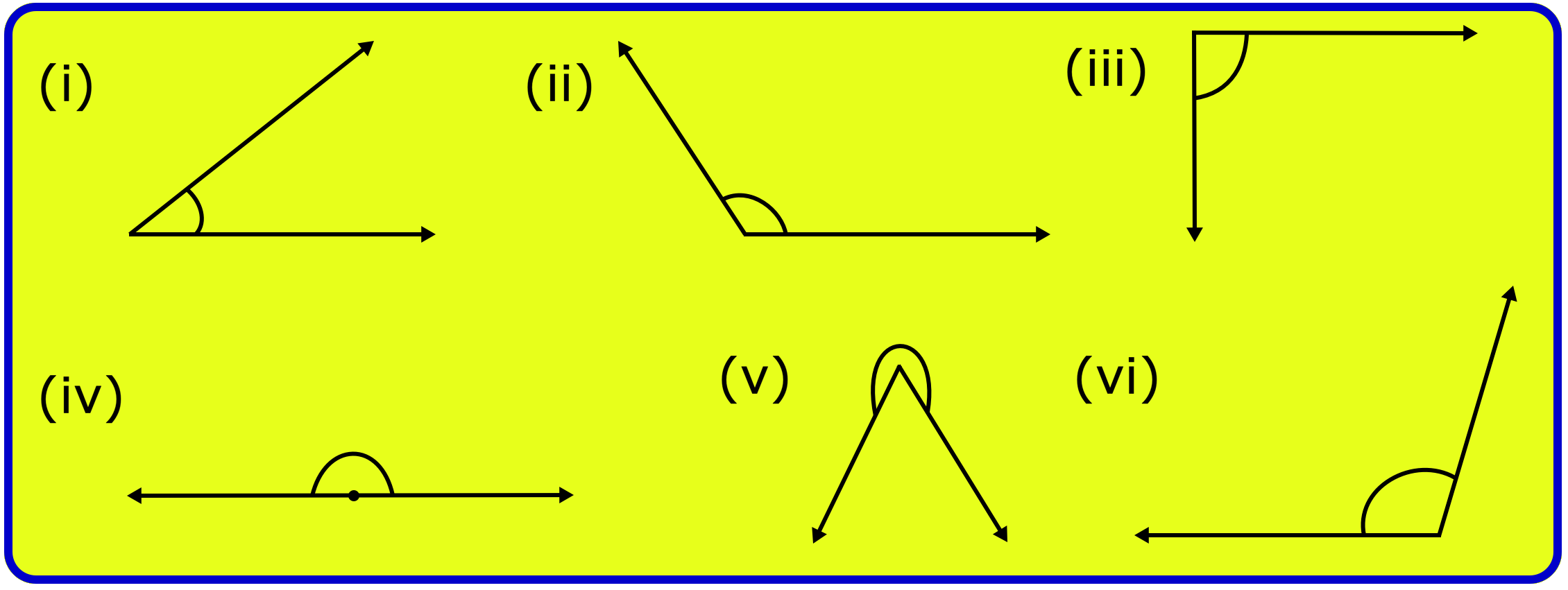Subscribe to our ▶️YouTube channel🔴 for the latest videos, updates, and tips.
Home | About Us | Contact Us | Privacy | Math Blog
Sum of n terms of a Geometric Progression
We will learn how to find the sum of n terms of the Geometric Progression {a, ar, ar2, ar3, ar4, ...........}
To prove that the sum of first n terms of the Geometric Progression whose first term ‘a’ and common ratio ‘r’ is given by
Sn = a(rn−1r−1)
⇒ Sn = a(1−rn1−r), r ≠ 1.
Let Sn denote the sum of n terms of the Geometric Progression {a, ar, ar2, ar3, ar4, ...........} with first term ‘a’ and common ratio r. Then,
Now, the nth terms of the given Geometric Progression = a ∙ rn−1.
Therefore, Sn = a + ar + ar2 + ar3 + ar4 + ............... + arn−2 + arn−1 ............ (i)
Multiplying both sides by r, we get,
rSn = ar + ar2 + ar3 + ar4 + ar4 + ................ + arn−1 + arn ............ (ii)
____________________________________________________________
On subtracting (ii) from (i), we get
Sn - rSn = a - arn
⇒ Sn(1 - r) = a(1 - rn)
⇒ Sn = a(1−rn)(1−r)
⇒ Sn = a(rn−1)(r−1)
Hence, Sn = a(1−rn)(1−r) or, Sn = a(rn−1)(r−1)
Notes:
(i) The above formulas do not hold for r = 1. For r = 1, the sum of n terms of the Geometric Progression is Sn = na.
(ii)When the numerical value of r is less than 1 (i.e., - 1 < r < 1), then the formula Sn = a(1−rn)(1−r) is used.
(iii) When the numerical value of r is greater than 1 (i.e., r > 1 or, r < -1) then the formula Sn = a(rn−1)(r−1) is used.
(iv) When r = 1, then Sn = a + a + a + a + a + .................... to n terms = na.
(v) If l is the last term of the Geometric Progression, then l = arn−1.
Therefore, Sn = a(1−rn1−r) = (a−arn1−r) = a−(arn−1)r(1−r) = a−lr1−r
Thus, Sn = a−lr1−r
Or, Sn = lr−ar−1, r ≠ 1.
Solved examples to find the Sum of first n terms of the Geometric Progression:
1. Find the sum of the geometric series:
4 - 12 + 36 - 108 + .............. to 10 terms
Solution:
The first term of the given Geometric Progression = a = 4 and its common ratio = r = −124 = -3.
Therefore, the sum of the first 10 terms of the geometric series
= a ∙ rn−1r−1, [Using the formula Sn = a(rn−1)(r−1) since, r = - 3 i.e., r < -1]
= 4 ∙ (−3)10−1−3−1
= 4 ∙ (−3)10−1−4
= - (-3)10 - 1
= -59048
2. Find the sum of the geometric series:
1 + 12 + 14 + 18 + 116 + .............. to 10 terms
Solution:
The first term of the given Geometric Progression = a = 1 and its common ratio = r = 121 = 12
Therefore, the sum of the first 10 terms of the geometric series
S10 = a(1−r10)(1−r)
⇒ S10 = 1 ∙ (1−(12)10)(1−12)
⇒ S10 = 2(1210)
⇒ S10 = 2(210−1210)
⇒ S10 = 2(1024−11024)
⇒ S10 = 1024−1512
⇒ S10 = 1023512
Note that we have used formula Sn = a((1−rn)(1−r) since r = 1/4 i.e., r < 1]
3. Find the sum of 12 terms of the Geometric Progression 3, 12, 48, 192, 768, ................
Solution:
The first term of the given Geometric Progression = a = 3 and its common ratio = r = 123 = 4
Therefore, the sum of the first 12 terms of the geometric series
Therefore, S12 = ar12−1r−1
= 3(412−14−1)
= 3(16777216−13)
= 16777216 - 1
= 16777215
4. Find the sum to n terms: 5 + 55 + 555 + 5555 + .............
Solution:
We have 5 + 55 + 555 + 5555 + ............. to n terms
= 5[1 + 11 + 111 + 1111 + .............. + to n terms]
= 59[9 + 99 + 999 + 9999 + ................ + to n terms]
= 59[(10 – 1) + (102 - 1) + (103 - 1) + (104 - 1) + .............. + (10n - 1)]
= 59[(10 + 102 + 103 + 104 + ................ + 10n) – ( 1 + 1 + 1 + 1 + ................ + 1)] n times
= 59[10 × (10n−1)(10−1) – n]
= 59[109(10n – 1) – n]
= 581[10n+1 – 10 – 9n]
● Geometric Progression
- Definition of Geometric Progression
- General Form and General Term of a Geometric Progression
- Sum of n terms of a Geometric Progression
- Definition of Geometric Mean
- Position of a term in a Geometric Progression
- Selection of Terms in Geometric Progression
- Sum of an infinite Geometric Progression
- Geometric Progression Formulae
- Properties of Geometric Progression
- Relation between Arithmetic Means and Geometric Means
- Problems on Geometric Progression
11 and 12 Grade Math
From Sum of n terms of a Geometric Progression to HOME PAGE
Didn't find what you were looking for? Or want to know more information about Math Only Math. Use this Google Search to find what you need.
Recent Articles
-
Formation of Numbers | Smallest and Greatest Number| Number Formation
Jul 15, 25 11:46 AM
In formation of numbers we will learn the numbers having different numbers of digits. We know that: (i) Greatest number of one digit = 9, -
Formation of Square and Rectangle | Construction of Square & Rectangle
Jul 15, 25 02:46 AM
In formation of square and rectangle we will learn how to construct square and rectangle. Construction of a Square: We follow the method given below. Step I: We draw a line segment AB of the required… -
5th Grade Quadrilaterals | Square | Rectangle | Parallelogram |Rhombus
Jul 15, 25 02:01 AM
Quadrilaterals are known as four sided polygon.What is a quadrilateral? A closed figure made of our line segments is called a quadrilateral. For example: -
5th Grade Geometry Practice Test | Angle | Triangle | Circle |Free Ans
Jul 14, 25 01:53 AM
In 5th grade geometry practice test you will get different types of practice questions on lines, types of angle, triangles, properties of triangles, classification of triangles, construction of triang… -
5th Grade Circle Worksheet | Free Worksheet with Answer |Practice Math
Jul 11, 25 02:14 PM
In 5th Grade Circle Worksheet you will get different types of questions on parts of a circle, relation between radius and diameter, interior of a circle, exterior of a circle and construction of circl…





New! Comments
Have your say about what you just read! Leave me a comment in the box below. Ask a Question or Answer a Question.